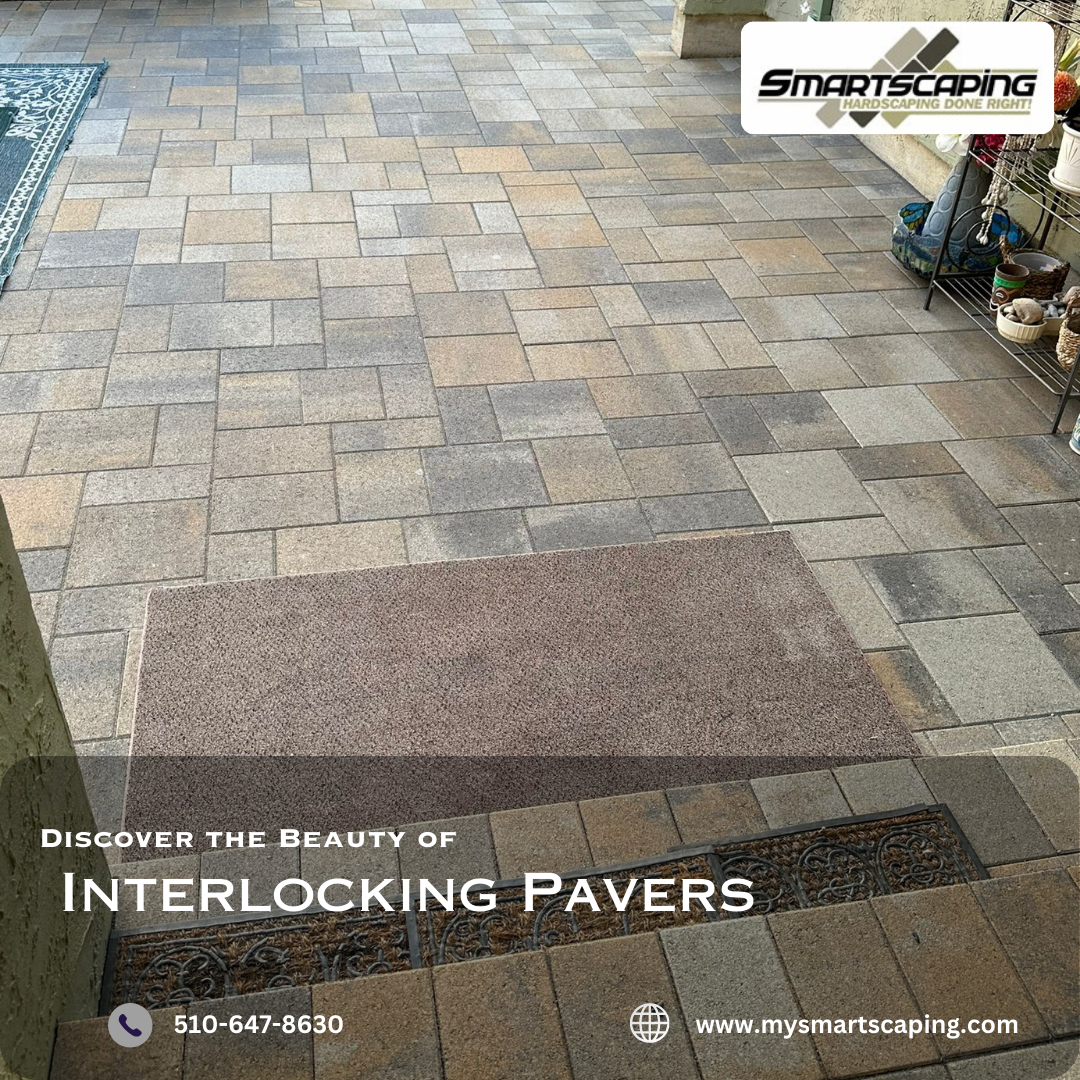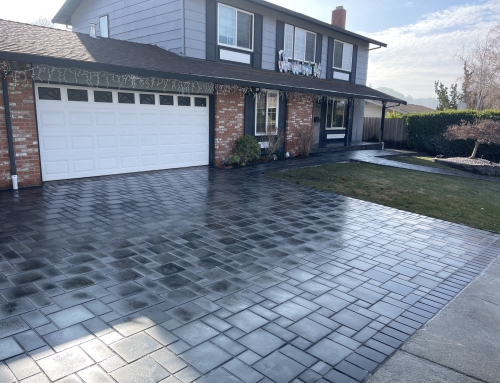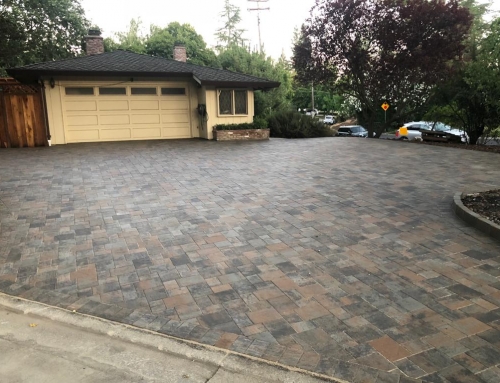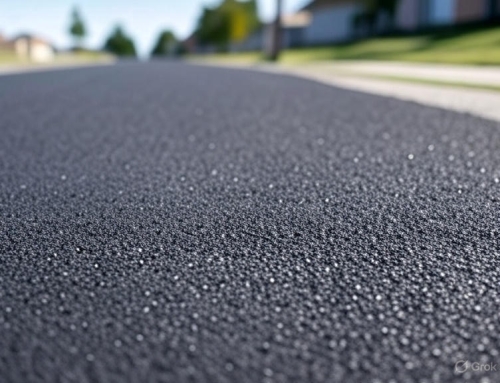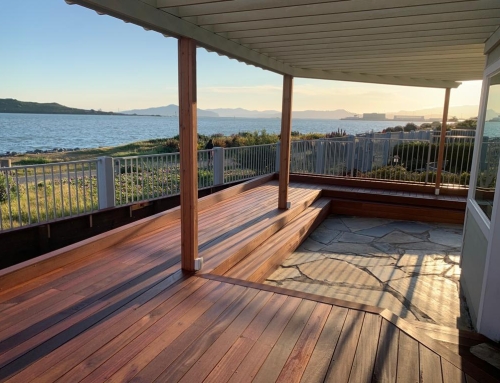When it comes to enhancing the look of your outdoor spaces, creating durable walkways, driveways, or patios, pavers are a popular choice. However, if you’ve been exploring your options, you may have come across the term “interlocking pavers.” This raises an important question: What exactly is the difference between pavers and interlocking? Let’s break it down.
Pavers: An Overview
Pavers are individual units, often made from materials such as concrete, brick, stone, or even porcelain. These blocks are placed together to create a flat, even surface for outdoor areas. The most common uses for pavers include:
- Driveways
- Patios
- Walkways
- Garden paths
- Pool decks
Pavers come in various shapes, sizes, textures, and colors, allowing homeowners to achieve virtually any design aesthetic. Whether you’re going for a modern look or a more classic, traditional vibe, there’s a paver option that can fit your vision.
Interlocking Pavers: A Closer Look
Interlocking pavers are a specific type of paver that locks together in a system. Unlike traditional pavers, which may require mortar or other adhesives, interlocking pavers are designed to be pieced together like a puzzle. The interlocking system offers additional strength and durability, making these pavers a popular choice for high-traffic areas and surfaces that experience heavy weight, such as driveways.
Key Differences Between Pavers and Interlocking Pavers
While pavers and interlocking pavers may seem similar at first glance, there are several critical differences to consider.
1. Design and Construction
One of the most significant differences between traditional pavers and interlocking pavers is how they are constructed. Regular pavers are individual units that may or may not fit closely together, depending on how they are installed. Mortar or sand is typically used to fill in gaps between these units.
In contrast, interlocking pavers are engineered to fit together tightly without mortar. Their edges are designed with grooves or lugs that allow them to lock into one another, creating a strong, unified surface.
This design feature is what makes interlocking pavers unique. Because the blocks lock together, the surface becomes more stable and resistant to shifting over time.
2. Installation Process
The installation process for regular pavers versus interlocking pavers also differs significantly.
- Traditional Pavers: The installation of traditional pavers usually involves placing the units on a prepared base of gravel or sand. A professional will carefully place each paver and may use mortar to secure them in place, especially for driveways or heavily used areas. Once all the pavers are installed, sand is often swept into the joints to prevent movement and fill any gaps.
- Interlocking Pavers: For interlocking pavers, the process is more streamlined. A prepared base is still necessary, but the interlocking system eliminates the need for mortar. Once the base is in place, the pavers are set down and locked together. Polymeric sand is usually applied to the joints to help the pavers stay in place and prevent weed growth. The locking mechanism itself provides a high level of stability, which reduces the chances of the pavers shifting or cracking over time.
For homeowners in Berkeley looking to enhance their outdoor areas, opting for interlocking pavers in Berkeley can simplify the installation process while ensuring long-term durability.
3. Durability and Longevity
Durability is a critical consideration when choosing between pavers and interlocking pavers. While both types of pavers can create strong surfaces, the locking system used in interlocking pavers provides a higher level of durability.
Traditional Pavers: With regular pavers, there’s a chance that the individual units could shift over time, especially in areas that see high traffic or are exposed to freeze-thaw cycles. This shifting can lead to cracks, uneven surfaces, and the need for frequent maintenance.
Interlocking Pavers: Interlocking pavers, on the other hand, are designed to prevent shifting. The locking mechanism keeps the entire surface in place, even under heavy loads like cars or frequent foot traffic. This makes interlocking pavers particularly popular for driveways and other high-traffic areas. Additionally, interlocking pavers are more resistant to cracking, which can save homeowners time and money on repairs in the long run.
4. Flexibility and Versatility
Both regular pavers and interlocking pavers offer flexibility and versatility in terms of design, but there are some nuances to consider.
Traditional Pavers: With regular pavers, you have more flexibility in terms of how you install them. You can mix and match sizes, shapes, and colors to create unique patterns. Mortar can be used to hold pavers in place, which can allow for more complex designs.
Interlocking Pavers: While interlocking pavers may not offer the same level of customizability in terms of layout (since the blocks are designed to fit together in a specific way), they do offer a sleek, uniform appearance. You can still choose from a range of colors and textures, but the interlocking system will dictate the overall design. This uniformity can be an advantage, as it creates a clean, polished look with fewer chances of gaps or shifting.
5. Maintenance and Repairs
Maintaining your outdoor surfaces is essential for keeping them looking great and functioning properly. When it comes to maintenance, interlocking pavers offer a few key advantages.
Traditional Pavers: Regular pavers can require more maintenance over time. If the pavers are not installed correctly, they may shift or crack, leading to an uneven surface. Weeds can also grow in the gaps between pavers if sand or mortar isn’t properly applied. Repairs to traditional pavers can be more challenging because individual pavers may need to be removed and replaced if they become damaged.
Interlocking Pavers: One of the major benefits of interlocking pavers is that they are easier to maintain. Since the units are locked into place, they are less likely to shift or crack over time. If a paver does become damaged, it can be easily removed and replaced without disturbing the surrounding units. The use of polymeric sand also helps prevent weed growth and keeps the joints secure.
For homeowners in Berkeley, where weather conditions and natural wear and tear can impact outdoor surfaces, interlocking pavers in Berkeley offer a low-maintenance solution that will last for years.
6. Cost
When deciding between traditional pavers and interlocking pavers, cost is always a factor.
Traditional Pavers: Depending on the materials used and the complexity of the design, traditional pavers can be less expensive upfront. However, because they may require more maintenance and repairs over time, the long-term cost can add up.
Interlocking Pavers: Interlocking pavers may have a higher upfront cost due to their specialized design and the materials used. However, their durability and low-maintenance qualities can make them a more cost-effective option in the long run. You’ll save money on repairs and upkeep, which can make up for the initial investment.
7. Environmental Impact
In today’s world, sustainability is a growing concern for many homeowners. The good news is that both traditional pavers and interlocking pavers can be environmentally friendly options, especially when permeable versions are used.
Traditional Pavers: If you choose permeable pavers, they can help with water drainage, reduce runoff, and allow rainwater to replenish the groundwater supply. Some traditional pavers are also made from eco-friendly materials like recycled concrete or brick.
Interlocking Pavers: Interlocking pavers are often available in permeable options, which allow water to pass through the joints between the pavers and into the ground below. This helps reduce erosion, flooding, and water runoff. For those in Berkeley looking to make an environmentally conscious choice, interlocking pavers in Berkeley offer a great option that balances aesthetics, function, and sustainability.
Final Thoughts
Both traditional pavers and interlocking pavers can be excellent choices for outdoor surfaces like patios, driveways, and walkways. The best option for your project will depend on your priorities—whether that’s design flexibility, durability, ease of installation, or maintenance requirements. For homeowners seeking a long-lasting, low-maintenance solution, interlocking pavers in Berkeley offer numerous advantages, from their locking system’s added stability to their resistance to cracking and shifting over time.
Ultimately, understanding the difference between pavers and interlocking pavers will help you make the best decision for your outdoor project, ensuring a surface that looks great and performs well for years to come.


